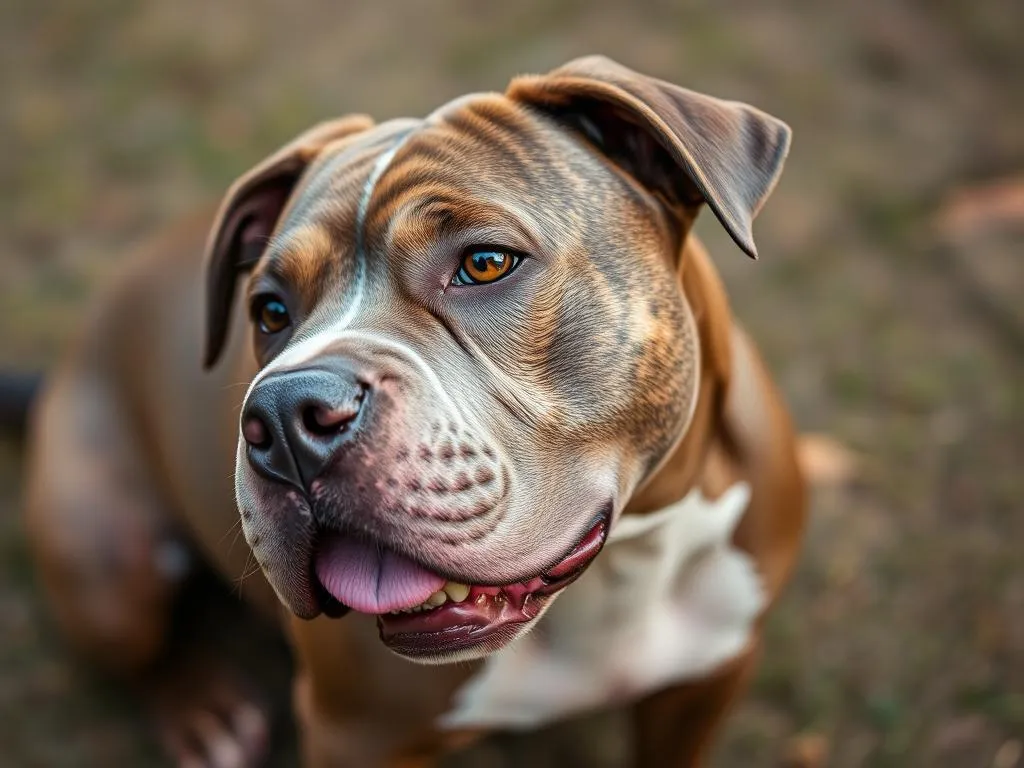
Training a puppy is crucial, especially when it comes to Pitbulls. Often misunderstood, these dogs have a reputation that doesn’t reflect their true nature. With the right approach, you can mold your Pitbull puppy into a well-behaved companion. This guide aims to provide detailed strategies on how to train a Pitbull puppy not to bite, emphasizing the significance of positive reinforcement and consistency throughout the training process.
Understanding the Pitbull Breed
History of Pitbulls
Pitbulls originated in England, bred from bulldogs and terriers. Their initial purpose was to assist in farm work and participate in bull-baiting, a cruel sport that has long since been banned. Over time, they have evolved from their fighting origins to become loyal family pets. Understanding this history is essential in recognizing their temperament and behavior.
Common Traits of Pitbulls
Pitbulls are known for their intelligence, loyalty, and high energy levels. They are eager to please and require mental and physical stimulation. While they can exhibit playful nipping, which is common in puppies, this behavior can escalate if not properly managed. Recognizing these traits can help in understanding how to train them effectively.
The Importance of Early Training
Critical Socialization Period
The critical period for socialization occurs between 8-14 weeks. During this time, it’s vital to expose your Pitbull puppy to various experiences, people, and animals. This exposure helps them develop confidence and reduces fear-based reactions, which can lead to biting.
Building a Foundation for Good Behavior
Establishing rules and boundaries early on sets the foundation for good behavior throughout your dog’s life. Early training not only curbs undesirable behaviors like biting but also helps in developing a strong bond between you and your puppy.
Preparing for Training
Essential Training Tools
To train your Pitbull puppy effectively, you’ll need a few essential tools:
- Leashes, collars, and harnesses: These help in maintaining control during training sessions.
- Training treats and toys: Positive reinforcement is crucial; having rewards handy makes it easier to encourage good behavior.
Creating a Training Environment
Choose a distraction-free space for training sessions. This environment should be calm and quiet, allowing your puppy to focus on learning. Establish a consistent training schedule, as routines help puppies feel secure and understand expectations.
Techniques for Teaching Bite Inhibition
Understanding Bite Inhibition
Bite inhibition is the ability of a dog to control the strength of its bite. It’s a critical skill that helps prevent unintentional harm during play or interaction. Puppies learn to control their bite strength through play with their littermates and human caregivers.
Positive Reinforcement Techniques
Using positive reinforcement is one of the most effective methods for training. Rewards should be given immediately after desirable behavior, such as playing gently. Consider teaching a “gentle” command to encourage soft play. This encourages your Pitbull puppy to associate gentle behavior with positive outcomes.
Redirecting Biting Behavior
Redirecting nipping to appropriate toys is an essential technique. If your puppy starts to nip, calmly redirect their attention to a chew toy. Consistent verbal cues such as “no” or “gentle” will reinforce the desired behavior.
Socialization Strategies
Introducing Your Puppy to New Experiences
To build a well-rounded dog, expose your Pitbull to various environments, sounds, and people. Safe outings to parks, pet-friendly stores, or other public spaces can greatly enhance their social skills. Arrange playdates with other dogs to allow your puppy to learn proper play behavior.
Controlled Interaction with Children and Other Pets
Supervise interactions with children and other pets closely. Teach your puppy how to behave gently by modeling appropriate behavior. For instance, show them how to interact softly with kids, rewarding them for calm behavior.
Handling Aggressive Behavior
Identifying Triggers
Understanding what triggers your puppy’s biting is crucial. Common triggers include fear, excitement, or pain. Keeping a journal to track behavior patterns can help identify specific situations that lead to biting, enabling you to address them proactively.
Training Through Fear and Aggression
Desensitization and counter-conditioning techniques can be effective in managing fear-based aggression. Gradually expose your puppy to the triggers while rewarding calm behavior. If aggression persists, it may be time to seek professional help.
Consistency and Patience in Training
Establishing a Routine
Consistency is key when it comes to training. Establishing a routine helps your puppy understand what to expect daily. Use the same commands and cues to prevent confusion. A predictable schedule also eases anxiety in your puppy, making training more effective.
The Role of Patience
Training takes time, and it’s essential to be patient. Celebrate small victories along the way, as these are steps toward your ultimate goal of having a non-biting, well-behaved Pitbull. Your patience will pay off in the form of a strong bond with your puppy.
When to Seek Professional Help
Recognizing When DIY Training Isn’t Enough
Sometimes, despite your best efforts, a puppy may require professional intervention. Signs that professional training is necessary include persistent biting, fear-based aggression, or inability to respond to basic commands.
What to Expect from Professional Training
Professional trainers and behaviorists offer structured programs tailored to your dog’s needs. They can provide insights and techniques that you might not have considered. Working with a professional can significantly enhance your training efforts and ensure a well-adjusted dog.
Conclusion
Training a Pitbull puppy not to bite is a process that requires dedication, understanding, and patience. By following these guidelines and employing positive reinforcement techniques, you can help your puppy grow into a well-mannered companion. Remember, the key lies in consistency and building a strong, trusting relationship with your Pitbull. As you embark on this training journey, cherish the moments you share and celebrate the progress you make together.
Encourage others to share their experiences and insights, as building a community around dog training can enhance everyone’s knowledge and skills. Stay proactive in your training efforts, and you will reap the rewards of a loving, well-behaved Pitbull.









